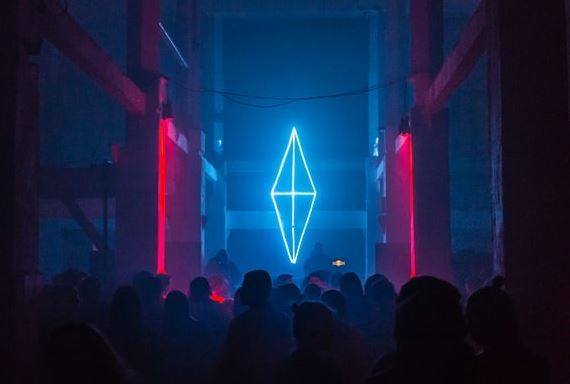With the adverse effects of climate change felt worldwide, businesses and institutions such as hospitals and schools are working hard to ‘go green.’ People are changing their lifestyles by adopting a way of life that is more eco-friendly.
As such, inefficient halogen light bulbs are slowly being phased out, with energy-saving bulbs taking their place. The most common energy-saving light bulbs in the market include halogen incandescent, compact fluorescent lamps (CFL), and light-emitting diodes (LED).
They help lower your carbon print on the planet and can last up to 12 times long as traditional bulbs. They also shine brighter, all while using a tiny amount of electricity.
But that’s just scratching the surface.
Here’s a full breakdown of three major benefits from ledistributors.net you can expect from switching to energy-efficient lighting.
1. Improved Productivity Levels
Sufficient lighting is essential for workers to do their job efficiently. The modern-day worker spends time working more than their predecessors. This means they check in to work earlier and leave during late hours.
For this reason, employers are looking to make the workplace a lot more hospitable and accommodating for their employees.
While it can be difficult to establish a direct monetary value in regards to the relationship between worker productivity and energy-efficient lighting, there is little doubt that employees would be more productive in a poorly lit work environment.
For instance, a waiter at a restaurant may find it hard keying in client orders with a harsh glare on their screen from an incandescent bulb.
2. Helps Keep Energy Bills Low
Perhaps the most immediate benefit of adopting a modern lighting system is to reduce the power bill and other related costs.
Consider that traditional light bulbs operate at 20% energy efficiency. This means about 80% of the electricity is lost as heat. This means if you have an electric bill of $100 alone from lighting, then you lose about $80 to heat rather than light. On the other hand, energy-efficient bulbs have an estimated energy efficiency of around 80% to 90%.
As such, upgrading your lighting to a more efficient and advanced system will help reduce how much energy your business uses while maintaining (if not improving) sufficient light levels and quality.
3. LED Bulbs Work for Longer
Energy-saving LED lighting systems are longer-lasting compared to traditional lighting sources. You’ll find that incandescent bulbs tend to fail under extreme conditions.
However, LED systems are designed to resist weather elements, vibrations, and even sub-zero temperatures. LEDs also come equipped with heat diffusers that help to prevent overheating problems.
A longer lifespan means less hassle of having to buy and change bulbs. They require little maintenance compared to incandescent bulbs, which have a service life that’s 20 times shorter than modern LEDs.
Buy Your Energy-Saving Light Bulbs from Ledistributors.net
As a business owner, you have to factor in the carbon footprint you’re leaving on the earth. Customers also want to work with an eco-friendly business. Although their cost is slightly higher than traditional bulbs, energy-saving bulbs last longer and use less energy.
So, go ahead and check out ledistributors.net today for affordable and high-quality, energy-saving lighting systems for your business.













